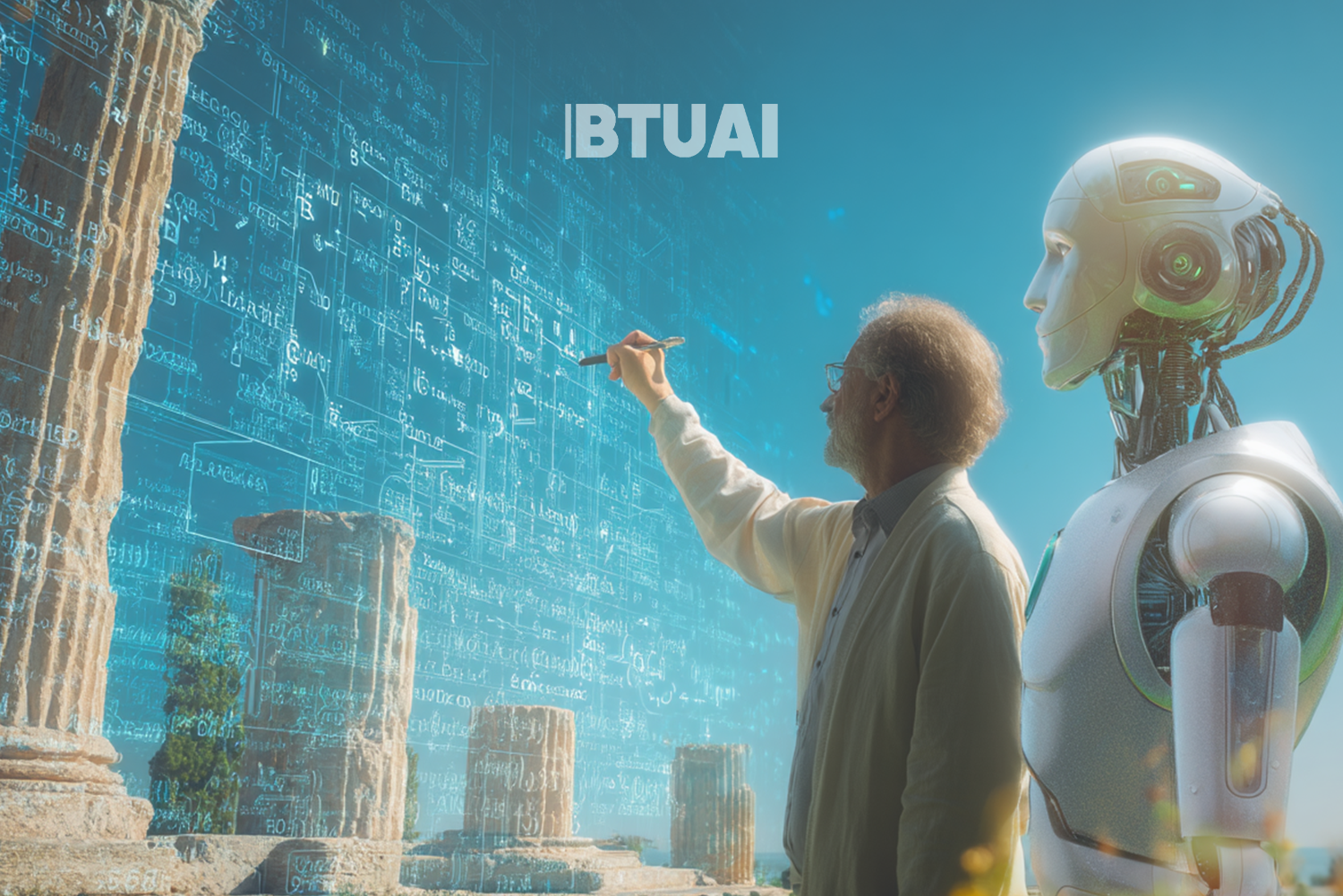Artificial Intelligence in Universities: How AI Is Transforming Teaching in Georgia and Worldwide
As of 2025, the global market for artificial intelligence (AI) in education has exceeded $20 billion, and it is

As of 2025, the global market for artificial intelligence (AI) in education has exceeded $20 billion, and it is no longer surprising to see generative models leading university lectures, automated systems grading assignments, or students learning languages through NLP-powered apps. A recent study by BTUAI explores these global transformations and evaluates how best practices in AI integration can be applied in Georgia’s higher education system.
The research outlines five core areas where AI is most widely used in universities. The first is personalized learning, where platforms like DreamBox, ALEKS, and XuetangX tailor content to individual students’ pace and learning style. These technologies have been shown to improve learning outcomes by 25–30%, but their success hinges on high-quality data and strict privacy controls. In practice, platforms like DreamBox are already used by thousands of students in the U.S. to measure progress independently. Georgia shows a strong need for such approaches, though infrastructure gaps remain a major obstacle.
The second approach involves intelligent tutoring systems, such as MATHia, Squirrel AI, and Khanmigo, which provide personalized explanations and identify knowledge gaps. In Georgia, many students still rely on informal sources—Facebook groups or various tools—for help outside the classroom. This signals a real need for these systems, though full implementation requires faculty training, improved digital literacy, and rethinking mentorship models.
Third is automated grading and feedback. Platforms like Gradescope and EssayGrader can assess even written assignments and reduce grading time by up to 90%. This could help ease the professional overload many Georgian lecturers face—many of whom teach at multiple institutions simultaneously. Still, issues such as algorithmic bias and feedback reliability remain, meaning human involvement in grading remains essential.
Fourth, and according to the study, the most urgently needed in Georgia, is AI-driven content creation. This allows instructors to quickly generate quizzes, lessons, or video materials. However, in practice, there is a risk of low-quality or irrelevant content, highlighting that technology cannot replace expertise—it merely accelerates and facilitates it.
Lastly, language learning and translation is one of the most accessible AI applications. Tools like Duolingo are already widely used in Georgia, but the study notes that overreliance and lack of cultural nuance can create problems, especially in academic settings.
The study assessed both the need and implementation complexity of these five AI approaches in Georgia. Personalized learning, tutoring systems, and content generation show high demand, but their adoption faces challenges, including limited resources, lack of training, and digital infrastructure disparities.
For example, although 92% of the population has internet access, this figure drops significantly in rural areas. Faculty overload and limited technical capacity further reduce the likelihood of smooth adoption. Importantly, these issues are not just technical—they reflect the gap between current university practices and the real needs of students and industries.
AI’s potential in teaching goes beyond tools. It redefines roles: instructors become mentors and facilitators, and students take more ownership of their learning. This shift demands not only technological deployment but also a transformation in academic culture.
BTUAI’s full research is available here.




